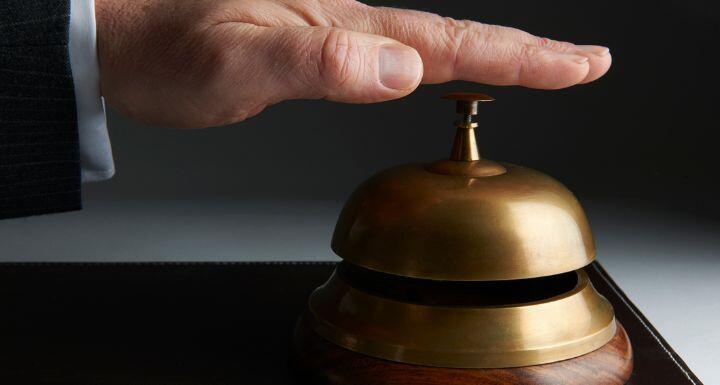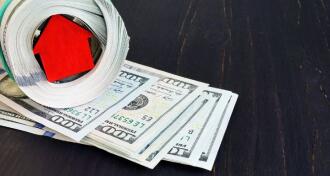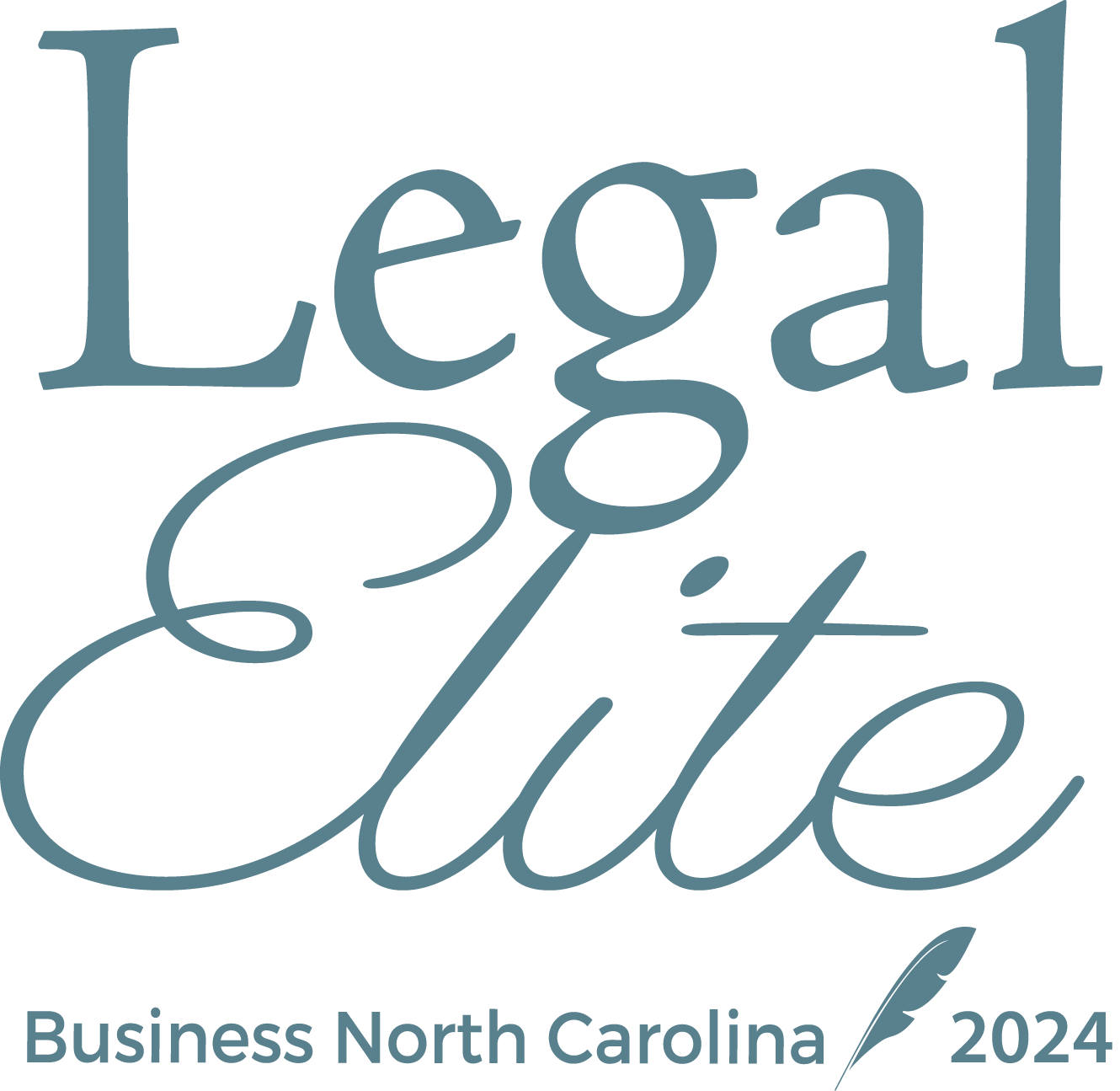
When a borrower triggers a monetary default under a loan by failing to make required payments, most loan documents allow the lender to accelerate the loan and invoke a default interest rate and penalties.
But what happens if the borrower files Chapter 11 to reorganize its affairs and submits a plan that "reinstates" the loan by bringing it current and keeping it current at the non-default rate? Must the lender accept those terms, or can it insist that the debtor pay the default rate?
In In re: Golden Seahorse, LLC, a recent decision from a bankruptcy court in New York, the court held that a debtor must pay the default interest rate to reinstate a loan if that rate was triggered by a pre-bankruptcy monetary default. The ruling provides a powerful weapon for lenders in dealing with distressed debtors.
The debtor owned the "Biggest Holiday Inn in the World" – a 50-story hotel in downtown Manhattan. In 2018, the hotel was refinanced with two lenders via a $137 million note with a 10-year amortization and a 5% interest rate. The debtor paid timely until the Covid-19 pandemic began. When the hotel closed in May 2020, and the debtor missed its payments, the lenders accelerated the loan and invoked the default interest rate – the note rate plus an additional 5%. The lenders sought to put the hotel in receivership, but the debtor filed Chapter 11 first.
The debtor filed a plan seeking to "reinstate" the loan by bringing it current and keeping it current – but at the non-default rate. The debtor's goal, in addition to saving the hotel, was to preserve the below-market interest rate and avoid default interest and penalties. The lenders insisted on the default rate for the duration of the note. The difference was about $20 million.
In ruling for the lenders, the court pointed out that the Bankruptcy Code says to look to the loan documents and state law to determine how a debtor/borrower can cure a default. So if the loan documents invoke a default rate, and that rate is not inconsistent with state law, then the court should enforce it.
The only exception is for penalty rates or penalty provisions associated with non-monetary defaults. The Bankruptcy Code specifically exempts these penalties from having to be cured to reinstate a loan.
This decision is on appeal and not binding on North Carolina bankruptcy courts, but it is lengthy and meticulous and a potentially powerful decision for lenders. With the rise in interest rates over the past year, distressed debtors with older long-term debts may use Chapter 11 to attempt to lock in below-market rates. To do so, they would argue that they can de-accelerate and reinstate their loan by bringing it current at the non-default rate. They could argue that by proposing this treatment, the loan is "unimpaired" and "rides through bankruptcy," meaning the lender has no say and no vote. If a lender finds itself in this situation, it will want to respond, "not so fast," and invoke the holding of Golden Seahorse.
--
© 2024 Ward and Smith, P.A. For further information regarding the issues described above, please contact .
This article is not intended to give, and should not be relied upon for, legal advice in any particular circumstance or fact situation. No action should be taken in reliance upon the information contained in this article without obtaining the advice of an attorney.
We are your established legal network with offices in Asheville, Greenville, New Bern, Raleigh, and Wilmington, NC.







